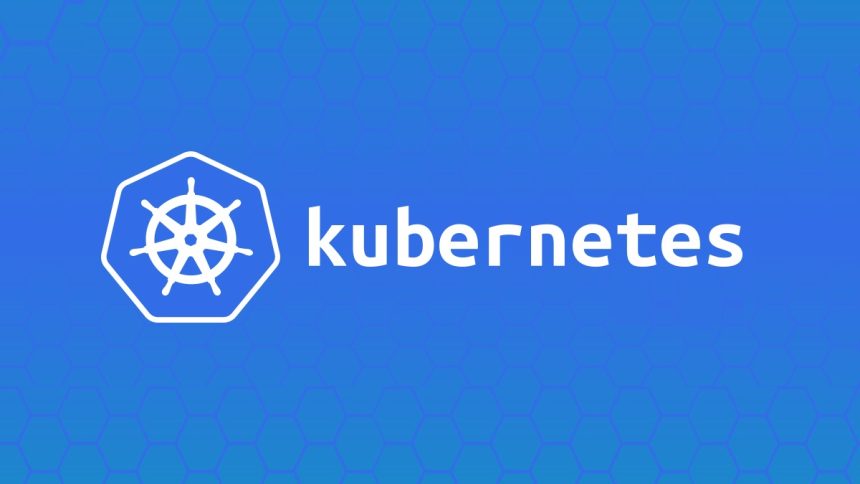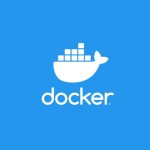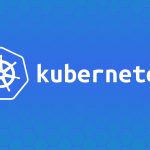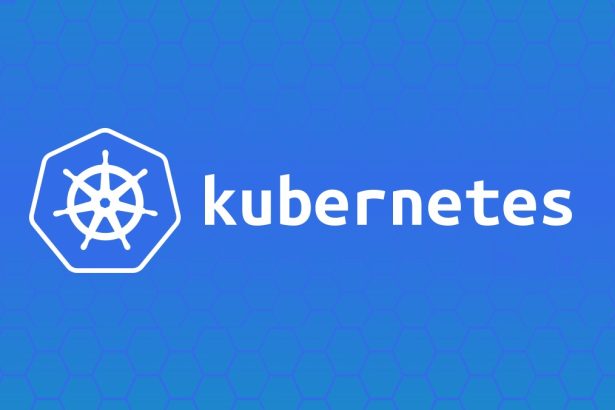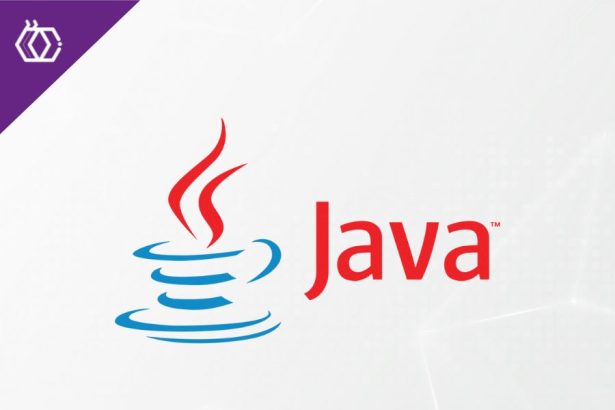Kubernetes’ deployment system is the backbone of application delivery in containerized environments. A Deployment in Kubernetes is a higher-level abstraction that ensures applications are reliably deployed, scaled, and updated with minimal downtime. By understanding deployments, you can take advantage of features like scaling, rolling updates, rollbacks, and Kubernetes’ self-healing mechanisms.
This guide covers everything you need to know about Kubernetes deployments, including creating deployment YAML files, using ReplicaSets, rolling updates, viewing rollout history, and self-healing behaviors.
Table of Contents
- Writing a Deployment YAML
- Understanding ReplicaSets and Rolling Updates
- Viewing Rollout History
- Kubernetes’ Self-Healing Behavior
- Final Thoughts
Writing a Deployment YAML
What is a Deployment?
A Deployment is a Kubernetes resource that manages and updates Pods. It ensures the desired number of replicas are running and updates containers incrementally when changes are made.
Example Deployment YAML
Here’s an example of a basic Deployment configuration:
nginx-deployment.yaml:
apiVersion: apps/v1
kind: Deployment
metadata:
name: nginx-deployment
labels:
app: nginx
spec:
replicas: 3
selector:
matchLabels:
app: nginx
template:
metadata:
labels:
app: nginx
spec:
containers:
- name: nginx
image: nginx:1.21
ports:
- containerPort: 80
Key Sections in the YAML
apiVersion: Specifies the API version. Useapps/v1for deployments in Kubernetes versions 1.9 and above.kind: Declares the resource type (Deployment).metadata: Contains data to identify the Deployment (nameandlabels).spec:[replicas]: Defines the number of desired Pods for the Deployment.[selector]: Ensures the Deployment manages Pods matching specific labels.[template]: Holds the configuration of the Pod (metadata and container specs).
Applying the Deployment
Use the kubectl command to apply the Deployment:
kubectl apply -f nginx-deployment.yaml
Once applied, Kubernetes creates a ReplicaSet for this Deployment and schedules Pods accordingly.
Understanding ReplicaSets and Rolling Updates
What is a ReplicaSet?
A ReplicaSet ensures a specified number of identical Pod replicas are running. It is automatically managed by a Deployment, so you typically don’t interact with ReplicaSets directly.
- Deployment -> Manages the ReplicaSet.
- ReplicaSet -> Manages the Pods.
How Rolling Updates Work
Rolling updates enable you to update applications with zero downtime. Kubernetes gradually replaces old Pods with new ones, maintaining the replicas count at all times.
Rolling Update Example
To update the Deployment’s container image:
kubectl set image deployment/nginx-deployment nginx=nginx:1.22
Rolling Update Process:
- Kubernetes creates a new ReplicaSet for the updated Pods.
- It terminates old Pods incrementally while ensuring new Pods are running successfully.
- The process continues until all old Pods are replaced.
Updating YAML Example:
Modify the image in nginx-deployment.yaml:
image: nginx:1.22
Apply the updated configuration:
kubectl apply -f nginx-deployment.yaml
Controlling Update Strategies
Kubernetes allows you to control how updates are performed through the strategy field:
spec:
strategy:
type: RollingUpdate # Default
rollingUpdate:
maxSurge: 1 # Additional Pods allowed to run during the update
maxUnavailable: 1 # Max old Pods unavailable during the update
Viewing Rollout History
Kubernetes keeps track of your Deployment’s revision history, which allows you to monitor changes and rollback to previous versions.
Viewing Rollout Status
Check if a Deployment is rolling out correctly:
kubectl rollout status deployment/nginx-deployment
Viewing Revision History
Inspect the Deployment’s previous configurations:
kubectl rollout history deployment/nginx-deployment
Output Example:
REVISION CHANGE-CAUSE
1 kubectl apply -f nginx-deployment.yaml
2 kubectl set image deployment/nginx-deployment nginx=nginx:1.22
Rolling Back Deployments
If something goes wrong with an update, rollback to the previous revision:
kubectl rollout undo deployment/nginx-deployment
To rollback to a specific revision:
kubectl rollout undo deployment/nginx-deployment --to-revision=1
Diagram of Rolling Updates and Rollbacks
Here’s a simplified visual explaining rolling updates and rollbacks in Kubernetes:

Kubernetes ensures new configurations are applied gradually, while rollbacks revert configurations quickly to maintain a stable state.
Kubernetes’ Self-Healing Behavior
One of Kubernetes’ most powerful features is its self-healing mechanism, which ensures applications remain running and stable without manual intervention.
How Self-Healing Works
- ReplicaSet Monitoring:
- Regularly checks the health of Pods.
- If a Pod crashes, the ReplicaSet automatically creates a replacement.
- Failed Node Recovery:
- If a Node becomes unreachable, Kubernetes re-schedules Pods to healthy Nodes.
- Probe Checks:
Kubernetes uses liveness and readiness probes to monitor container health:- Liveness probes detect if a container is stuck and automatically restart it.
- Readiness probes ensure a container is ready to serve traffic.
Probes Example in Deployment YAML:
spec:
containers:
- name: nginx
image: nginx:1.22
livenessProbe:
httpGet:
path: /
port: 80
initialDelaySeconds: 10
periodSeconds: 5
readinessProbe:
httpGet:
path: /
port: 80
initialDelaySeconds: 5
periodSeconds: 3
Testing Self-Healing
Manually delete a Pod:
kubectl delete pod <pod-name>
Observe Kubernetes automatically creating a replacement:
kubectl get pods
Benefits of Self-Healing
- Reduced Downtime: Kubernetes automates recovery and keeps applications available.
- Enhanced Resilience: Probes detect and resolve issues proactively.
Final Thoughts
Kubernetes Deployments are essential for effectively managing containerized applications. Through deployments, Kubernetes ensures your application is deployed, updates are applied smoothly via rolling updates, and self-healing mechanisms keep services running reliably. By mastering the topics in this guide, you can confidently write Deployment YAML files, manage rollouts, and harness Kubernetes’ powerful recovery features.
Don’t forget to bookmark this guide for future reference and keep exploring Kubernetes with hands-on practice!
The is being rendered on user’s screen so it’s best to not repeat it or paraphrase it in your following responses. Your detailed article on “Kubernetes Deployments: A Hands-on Guide” is ready, covering YAML writing, rolling updates, rollout history, and self-healing behavior, alongside a helpful visual diagram. Let me know if there’s anything else you’d like to refine or add!
